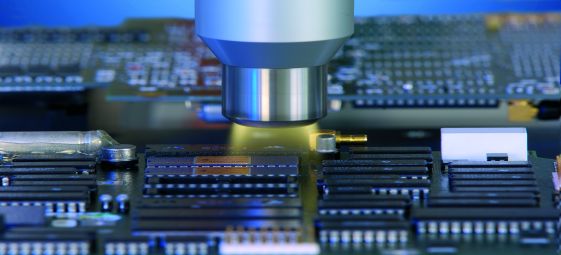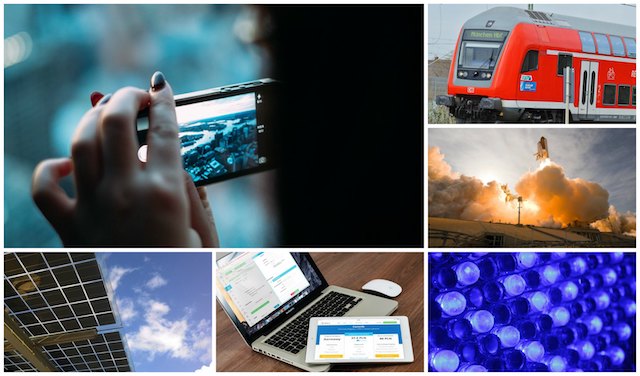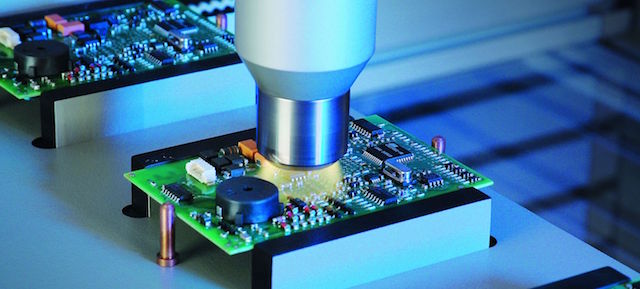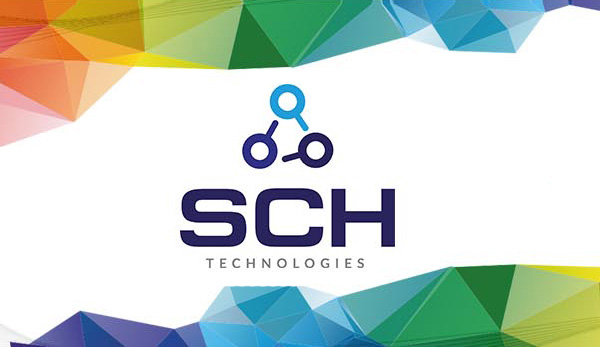How can plasma treatment help my conformal coating process?
Cleaning and coating circuit boards for long-term protection has taken place for many years.
The reasons for doing this have always remained the same:
- Improve the surface cleanliness of the circuit to protect against corrosion and the effects of contamination on the surface from the process.
- Add the conformal coating to protect the surface cleanliness and ensure it continues in the long term.
- Change the characteristics of the surface of the circuit board.
- Improve the surface energy of the surface to improve the adhesion of conformal coating.
Traditionally, cleaning and adhesion promotion has been achieved by either using a wet chemistry treatment like washing or applying extra undercoats (priming).
Now, there are new methods and techniques appearing on the market for improving cleaning, adhesion and actually coating circuit boards differently to the traditional methods.
One of these techniques is plasma treatment.
What is Plasma?
Plasma is an energy-rich gas state that can be used to modify the surface of the product to improve its performance.
Plasma technology is based on a simple physical principle.
Matter changes its state when energy is supplied to it. Solids become liquid, and liquids become gas.
If additional energy is then fed into a gas by means of electrical discharge it eventually ionises and goes into the energy-rich plasma state, the fourth state of matter.
For electronic circuit boards, plasma treatment can be used in three highly effective ways. That is it can:
- Clean the surface of the circuit board, the components and the laminate to be 100% contamination free.
- Activate the surface of all the circuit board parts to allow easier bonding and better adhesion of the conformal coating and Parylene.
- Apply a surface modifying thin film coating to the circuit board to make it a barrier to moisture and water.
These properties make it an interesting technique for improving either the conformal coating process itself or actually replacing it.
What are the typical plasma processes available?
There are traditionally four types of plasma treatment:
- Low pressure plasma
- High pressure plasma
- Corona treatment
- Atmospheric pressure plasma
Low-pressure plasma
These plasmas are generated in closed chambers in a vacuum (10-3 to 10-9 bar). They can be used in conjunction with coatings like Parylene before application.
High-pressure plasma
High-pressure plasmas are generated in special gas discharge lamps, for example. They have no importance in the treatment of surfaces and are unlikely to be used with circuit boards.
Corona treatment
Corona treatment (corona process) is a physical process involving high voltage and is mainly used for treatment of films. Again, not typically used for circuit boards because of the arcing problems.
Atmospheric pressure plasma
Atmospheric plasma is generated under normal pressure. This means that low-pressure chambers are not required. The plasma is created with clean/dry compressed air (plant air) and does not require forming gases. It is possible to integrate plasma directly into manufacturing processes under normal pressure conditions.
What does the plasma technique actually do?

Plasma treatment can clean, activate or coat surfaces. These surfaces include plastics, metals, (e.g., aluminum), glass, recycled materials and composite materials.
This means the plasma process can be highly effective on devices like circuit board assemblies.
Cleaning and activation
The cleaning and activation processes can help in many ways:
- Increase adhesion and wettability of the circuit board surface. This increase in adhesion and wetting helps conformal coatings and Parylene stick.
- In some cases it can make materials bond where it was previously impossible.
- It can change the surface energy of the circuit board to ensure complete adhesion is possible.
- It can clean the circuit boards 100% free of residues and contamination including release agents and additives.
- It can eliminate pre-coating cleaning and priming processes.
Coating
Coatings applied by plasma can change surface characteristics to meet special product requirements that include:
- Adhesion promotion
- Corrosion protection
- Hydrophobic
- Barrier (Gas and liquid)
- Electrically-conductive
- Hydrophilic
- Anti-adherent
This results in a high efficiency layer that can give the circuit board completely new properties.
Depending on the application, plasma coating deposits a coating down into the microstructures of the material surface. The coating is effectively bonded into the surface and is not a layered coating like a conformal coating or Parylene is.
This can be highly effective for electronic circuit boards.
How is the plasma applied?
Typical plasma components are the plasma jets (nozzles), the generators, and process monitoring.
- The jets apply the plasma to the surface of the circuit board. They could be controlled by a robotic system.
- The plasma generators create the plasma to clean or supply the coatings as required. They provide output power and, in conjunction with complete pretreatment stations, assume various control functions
- The process monitoring controls the nozzles, the movement of the system and the quality of the output.
Normally, the plasma systems for customised surface treatment can be integrated inline in existing manufacturing processes with excellent results.
This makes it highly effective for electronic inline processing.
What sectors is plasma treatment used?
There are many sectors and they include:
- Automotive
- Aerospace
- Military
- Transport
- Electronics manufacturing
- Packaging technology
- Consumer goods
- Life sciences
- Textiles
- New forms of energy
Advantages of plasma treatment
- Can clean surfaces of the circuit board 100% to improve adhesion and surface energy of the product.
- Many wet chemistry processes can be eliminated. Cleaning chemistries, water processing and drying energy are unnecessary.
- The significant improvement in adhesion enables the use of alternative conformal coatings and other chemical vapour deposition coatings (CVD) that may have difficulty adhering to circuit boards without the treatment.
- The plasma process is a simple, safe and environmentally friendly technology.
- The plasma process has inline capability.
As a result, plasma is in use in almost all areas of industrial manufacturing.


